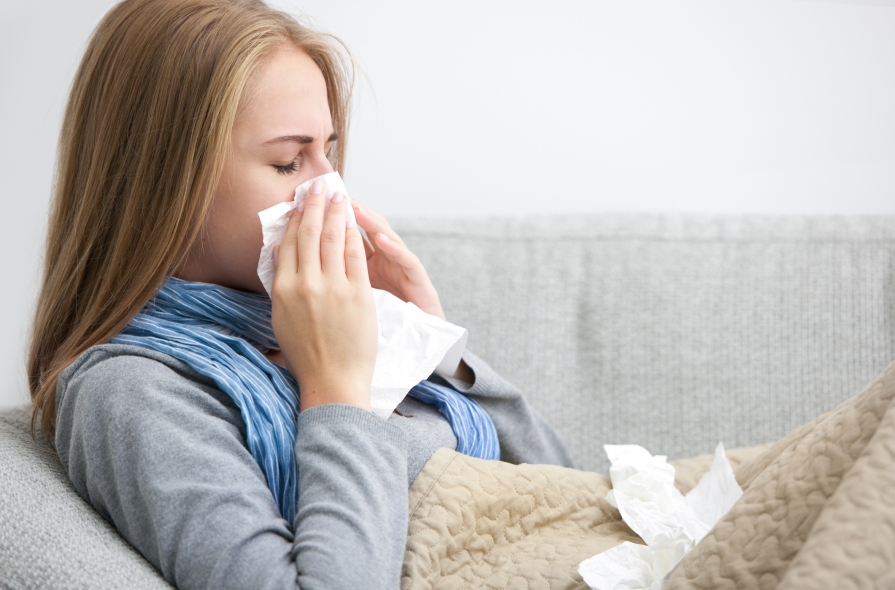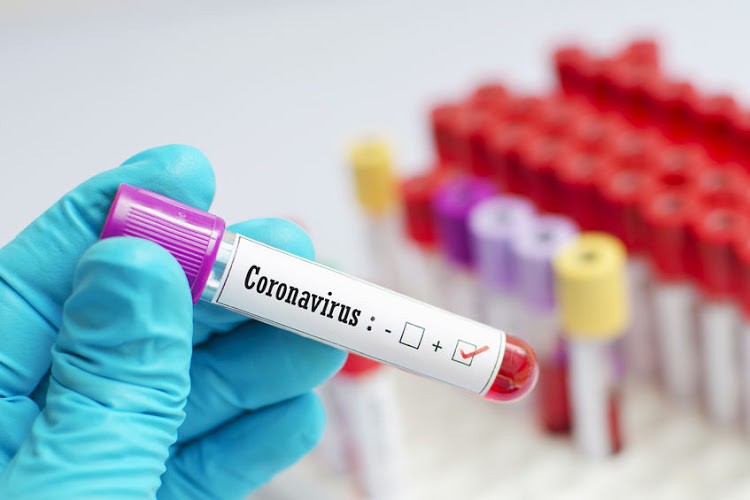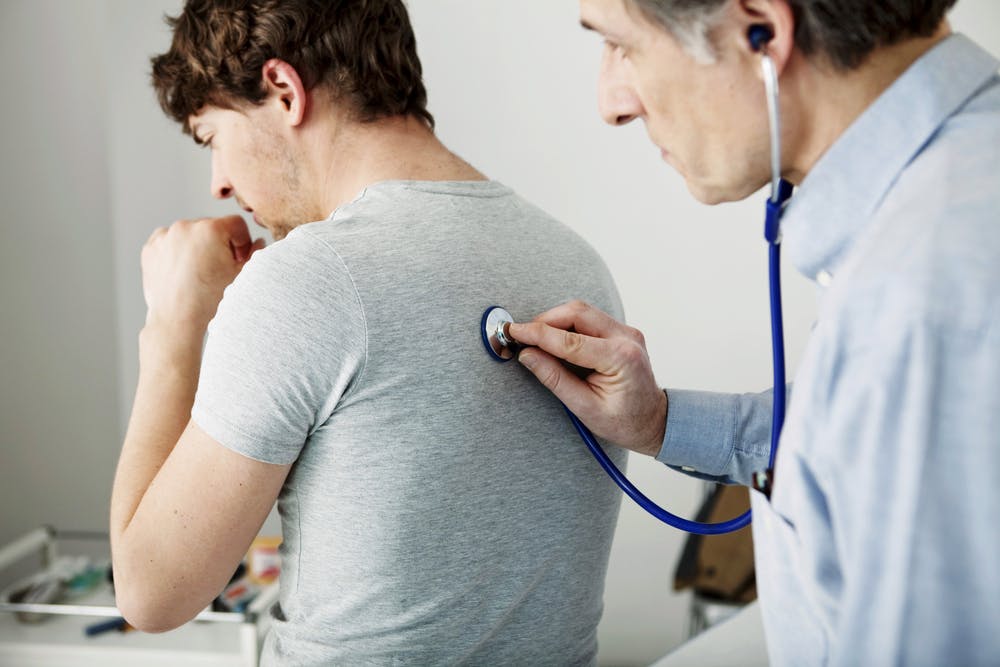CENTER FOR DISEASE CONTROL GUIDELINES
The Center for Disease Control (CDC) guidelines strongly advise maintaining social distancing (staying 6 feet apart), regularly washing your hands, disinfecting surfaces, and avoiding touching your face. The following provides information on what to do if you are diagnosed with COVID-19 and/or you are exposed to someone who has been diagnosed.



When to end home isolation (staying home)
- People with COVID-19 who have stayed home (are home isolated) can stop home isolation under the following conditions:
- If they will not have a test to determine if they are still contagious, they can leave home after these three things have happened:
- They have had no fever for at least 72 hours (that is three full days of no fever without the use medicine that reduces fevers)
AND - Other symptoms have improved (for example, when their cough or shortness of breath have improved)
AND - At least 7 days have passed since their symptoms first appeared
- They have had no fever for at least 72 hours (that is three full days of no fever without the use medicine that reduces fevers)
- If they will be tested to determine if they are still contagious, they can leave home after these three things have happened:
- They no longer have a fever (without the use medicine that reduces fevers)
AND - Other symptoms have improved (for example, when their cough or shortness of breath have improved)
AND - They received two negative tests in a row, 24 hours apart. Their doctor will follow CDC guidelines.
- They no longer have a fever (without the use medicine that reduces fevers)
- If they will not have a test to determine if they are still contagious, they can leave home after these three things have happened:
Per the CDC Guidance: critical infrastructure workers may be permitted to continue work following potential exposure to COVID-19, provided they remain asymptomatic and additional precautions are implemented to protect them and the community.
A potential exposure means being a household contact or having close contact within 6 feet of an individual with confirmed or suspected COVID-19. The timeframe for having contact with an individual includes the period of time of 48 hours before the individual became symptomatic.
What precautions does the CDC indicate a returning employee should take when permitted to work after an exposure?
Critical Infrastructure workers who have had an exposure, but remain asymptomatic should adhere to the following practices prior to and during their work shift:
- Regular Monitoring: If the employee doesn’t have a temperature or symptoms, they should self-monitor under the supervision of a physician.
- Wear a Mask: The employee should wear a face mask at all times while in the workplace for 14 days after last exposure. Per the Florida Department of Health, the last exposure is considered the date after the positively diagnosed person the employee was exposed to, has tested negative for 2 consecutive tests. *** Or if the infected person has not had a fever for 72 hours without medication as described above.***
What precautions is Communication International taking for employees returning to work after an exposure?
- Wear a Mask: The employee will need to wear a mask at all times while at work for the 14 days after the diagnosed person receives the second negative test. If the second negative test is not received, then the employee will continue to wear the mask until 14 days after the test results are negative.
- Social Distance: The employee should maintain a minimum of 6 feet and practice social distancing as work duties permit in the workplace.
- Disinfect and Clean workspaces: Clean and disinfect all areas such as offices, bathrooms, common areas, shared electronic equipment routinely.
What if the employee returns to work and becomes sick?
If the employee becomes sick during the day, they should be sent home immediately. Surfaces in their workspace should be cleaned and disinfected. Information on persons who had contact with the ill employee during the time the employee had symptoms and 2 days prior to symptoms should be compiled. Others at the facility with close contact within 6 feet of the employee during this time would be considered exposed.
When can an employee return to work after testing positive for COVID-19?
As it relates to one of our employees getting diagnosed with COVID 19, an employee of Ci who is diagnosed with the virus cannot return to work until they have been tested and received 2 consecutive negative test results from the Health Department.
Ci will continue to provide you with information and updates on a regular basis. Additionally, here are a few links to COVID-19 resources that may be beneficial to you:
Coronavirus Emergency Supplemental Funding (CESF) Grant Program
Federal Coronavirus Relief Bill (CARES Act)
Coronavirus Public Crisis Line (866) 342-6892 -Toll free emotional support helpline available to anyone 24/7
Centers for Disease Control and Prevention (CDC) Coronavirus info
